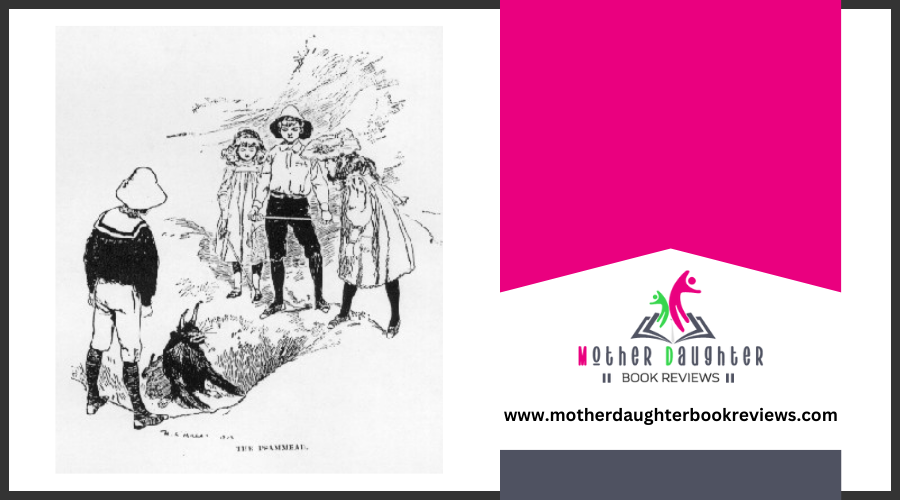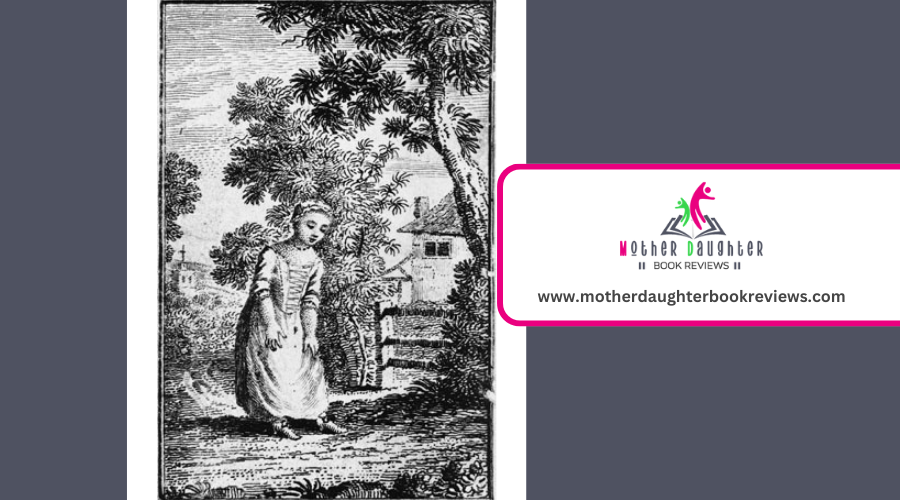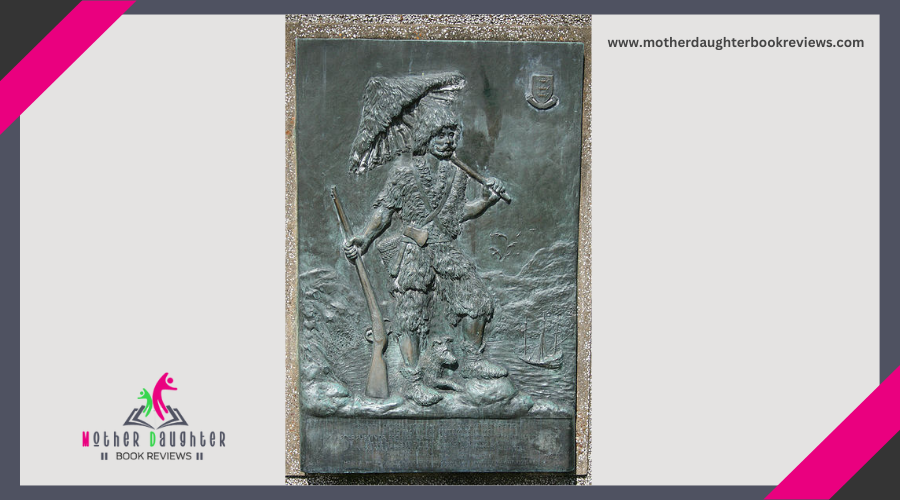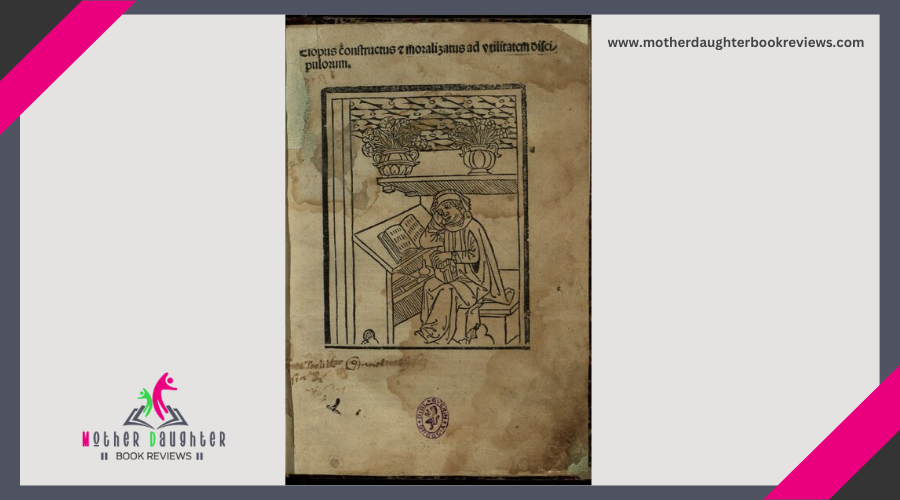How Do Classic Love Stories Depict Transformation?
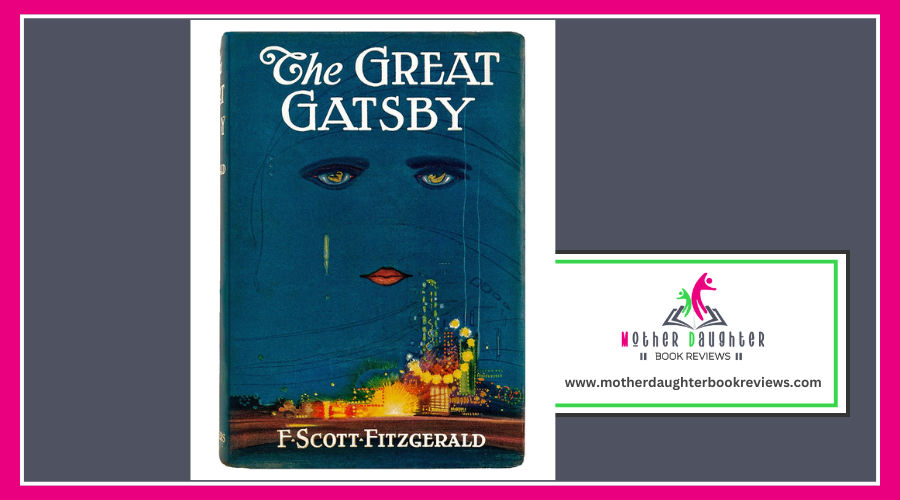
Classic love stories show transformation by focusing on characters' quests for self-discovery and emotional growth. You'll find characters like Elizabeth Bennet and Jane Eyre evolving through emotional challenges and societal pressures. Even the Beast and Jane Eyre illustrate how love fosters profound personal change. Stories like "Romeo and Juliet" and "The Great Gatsby" highlight the complexities of love's impact, both uplifting and tragic. Each tale reveals how romantic connections ignite resilience, self-worth, and profound transformations.
The Role of Love in Change
Love's transformative power is evident in countless classic love stories. Characters undertake self-discovery quests, experiencing profound personal metamorphosis. It's through these healing connections that they find newfound strength and clarity.
Consider the relational dynamics at play. Love often acts as the catalyst for significant identity shifts. When characters fall in love, they don't just connect with someone else; they also reconnect with themselves. This dual connection leads to deeper understanding and growth. You notice how love's power can heal old wounds and inspire characters to rise above their limitations.
Through these narratives, you witness how love encourages characters to confront their fears and welcome change. They evolve, not just for their partners, but for themselves. This emotional resilience isn't just a byproduct; it's a vital part of their quest. These classic love stories underscore how transformative relationships can lead to personal metamorphosis, making them timeless and relatable.
Elizabeth Bennet's Evolution
Elizabeth Bennet's expedition in Jane Austen's "Pride and Prejudice" epitomizes how love can trigger profound personal growth. Elizabeth starts as a confident woman with a strong sense of personal identity, yet she grapples with internal conflicts and prejudices, particularly against Mr. Darcy.
Her emotional resilience is tested repeatedly. From handling her mother's relentless pressures to conform to societal norms to managing the scandal caused by her sister Lydia, Elizabeth navigates a world that often seeks to undermine her independence. Her interactions with Darcy, who initially embodies the very arrogance she despises, serve as a catalyst for her moral awakening and self realization.
Through these encounters, Elizabeth confronts her own flaws and evolves. Her initial misjudgments give way to a deeper understanding of herself and those around her. Ultimately, her transformation is not just about falling in love with Darcy but about reconciling her internal conflicts and redefining her identity within the constraints of her society. Elizabeth's evolution vividly demonstrates how love and personal growth are intricately linked.
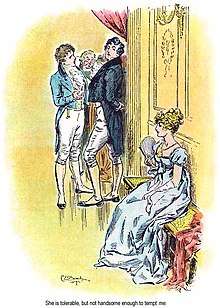
The Beast's Redemption
The tale of the Beast's redemption in "Beauty and the Beast" showcases the transformative power of love and compassion. Initially, he's a creature driven by anger and despair, his vulnerability masked by a fearsome exterior. However, Belle's kindness begins to peel back the layers of his hardened heart, revealing the depths of his inner beauty.
As the story progresses, the Beast's vulnerability becomes more apparent. He's no longer just a monster; he's a being capable of profound change. This redemption arc isn't just about Belle loving him despite his appearance. It's about the Beast's own self-exploration expedition, where love's power enables him to see and believe in his potential for goodness. Trust building between Belle and the Beast is essential, laying the foundation for his transformation.
The symbolism of his transformation is clear: it's not merely physical but deeply emotional and spiritual. By the end, the Beast's change signifies how true love and compassion can lead to profound personal growth and redemption. You can't help but be moved by the powerful message that love conquers all, transforming even the most lost souls.
Personal Growth in "Jane Eyre"
Just as the Beast's transformation in "Beauty and the Beast" illustrates love's power to redeem, "Jane Eyre" examines personal growth through resilience and self-respect. As you read Jane's story, you witness a profound self realization expedition. From her harsh childhood at Gateshead to her trials at Lowood School, Jane's emotional resilience is tested repeatedly. Each challenge shapes her into a stronger, more independent woman.
You see Jane's unwavering integrity when she refuses to become Mr. Rochester's mistress, despite her deep love for him. This decision highlights her self-respect and moral values, which are vital aspects of her personal growth. Through her expedition, you can relate to the importance of staying true to oneself, even when faced with difficult choices.
Some key lessons from Jane Eyre's personal growth include:
- Self-worth: Jane never lets others define her value.
- Independence: She seeks freedom and autonomy, refusing to be subjugated.
- Resilience: Her ability to recover from adversity exemplifies emotional resilience.
Transformation in "Wuthering Heights"
Few love stories investigate as deeply into the darker aspects of transformation as "Wuthering Heights." You witness characters like Heathcliff and Catherine undergo profound changes driven by intense emotions and turbulent relationships. Heathcliff's transformation is one of the most compelling aspects of the novel. He starts as a vulnerable orphan and evolves into a vengeful, hardened man. His love for Catherine drives much of this change, pushing him to acquire wealth and status, but also to exact revenge on those who wronged him.
Catherine's influence on Heathcliff can't be overstated. Her decision to marry Edgar Linton for social status rather than true love devastates Heathcliff, setting him on a path of bitterness and cruelty. Catherine herself undergoes a transformation, torn between her passionate love for Heathcliff and her desire for social respectability. This internal conflict ultimately leads to her tragic demise.
In "Wuthering Heights," transformation isn't portrayed as a purely positive growth but as a complex and often destructive force. Through Heathcliff's transformation and Catherine's influence, the novel examines how love can drive people to change, sometimes in ways that lead to their own downfall.
Love's Impact in "The Great Gatsby"
Gatsby's obsession with Daisy's influence is the core of this tragic romance. His unfulfilled desires drive him to create a lavish lifestyle, all to win Daisy back. Yet, love's illusions cloud his judgment, blinding him to the reality that Daisy will never leave her life of societal expectations and moral decay.
The tragic romance between Gatsby and Daisy highlights the emptiness of chasing lost dreams. Gatsby's grand gestures and extravagant parties mask his internal emptiness, a metaphor for the American Dream's hollowness. Ultimately, their love is a mirage, illustrating that societal expectations and moral decay overshadow genuine connection.
Lessons From "Romeo and Juliet"
"Romeo and Juliet," perhaps the most famous love story of all time, teaches us valuable lessons about the consequences of impulsive decisions and the power of love to both heal and destroy. In this tale, the forbidden love between Romeo and Juliet sparks a powerful, youthful passion that defies societal expectations and family feud alike. Their love, while pure and intense, leads to emotional turmoil as they struggle against the constraints imposed by their warring families.
You see how their impulsive decisions, driven by raw emotion, set the stage for tragic consequences. From their secret marriage to the desperate plans they concoct to be together, every choice heightens the stakes and deepens their predicament. These hurried decisions, propelled by youthful passion, show the dangerous intersection of love and impulsivity.
Fate's hand also plays an essential role in their story, reminding us that some outcomes are beyond our control, no matter how fervently we love. The tragic end of Romeo and Juliet underscores the devastating impact that unresolved conflicts and societal pressures can have on individual lives. Through their story, you're reminded that love can be transformative, but it's also subject to the whims of fate and the weight of the world around us.
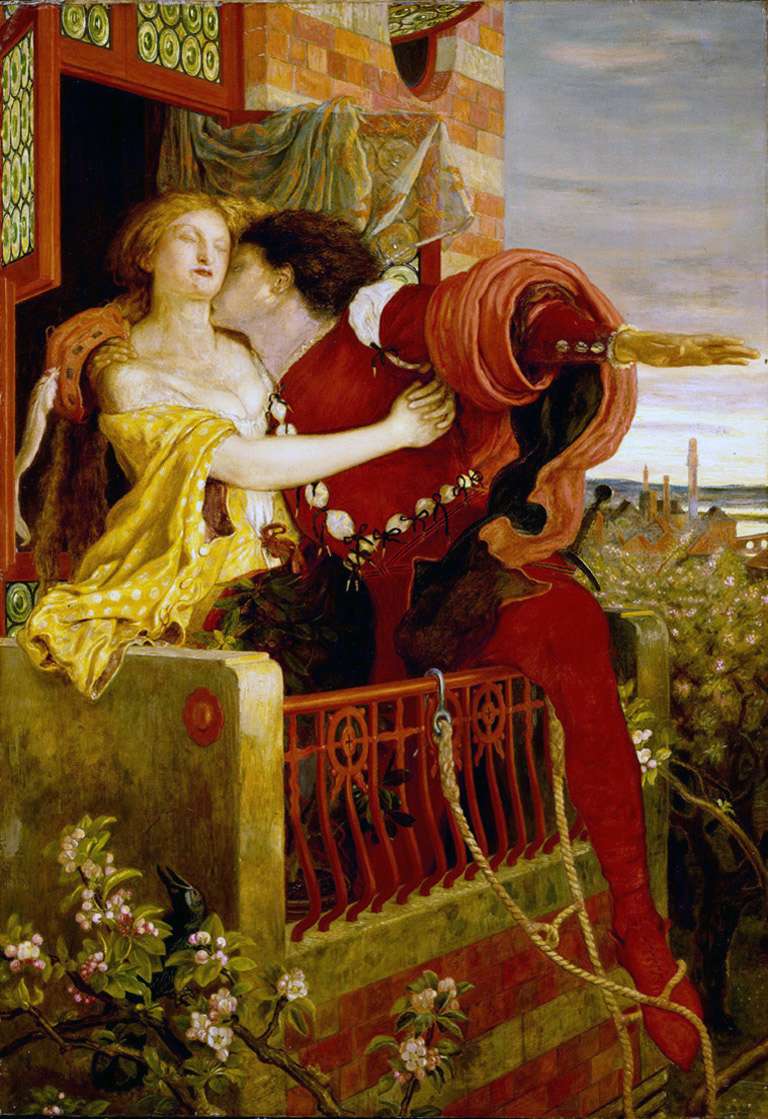
Scarlet O'Hara's Journey
Scarlet O'Hara's expedition in "Gone with the Wind" illustrates the complexity of love intertwined with personal survival and transformation. You witness Scarlett's resilience as she navigates the turmoil of the Civil War and its aftermath. Her survival instincts kick in, driving her to make personal sacrifices that constantly challenge societal expectations. Despite her character flaws, like her selfishness and manipulative tendencies, she remains devoted to her family, showcasing deep family loyalty.
Scarlett's romantic ambition is a driving force in her life, leading her through emotional turmoil as she pursues Ashley Wilkes while ignoring Rhett Butler's genuine affection. Her trek is a balancing act between her desires and the harsh realities around her. You see her struggle to reconcile her romantic dreams with the need to guarantee her own and her family's survival.
Growth in "Sense and Sensibility"
Transformation lies at the heart of "Sense and Sensibility," as you witness the contrasting paths of the Dashwood sisters, Elinor and Marianne. Their expedition showcases profound character development. Elinor, embodying sense, navigates emotional maturity within the bounds of societal expectations. She often sacrifices personal happiness for familial bonds, especially when facing moral dilemmas. Her quiet resilience and adherence to duty provide a framework for growth, highlighting a transformation that's subtle yet powerful.
Marianne, on the other hand, represents sensibility. Her initial romantic ideals lead her into tumultuous emotional experiences. Through heartbreak and disappointment, she learns the value of restraint and the importance of balancing passion with practicality. Her emotional maturity evolves as she understands the necessity of personal sacrifice for the greater good. Marianne's transformation is more overt, driven by intense personal trials and realizations.
Conclusion
Classic love stories masterfully depict transformation by showing how romantic connections lead to profound personal growth, self-realization, and emotional resilience. From Elizabeth Bennet’s evolving understanding of love and self-worth to the Beast’s redemption through compassion, these narratives reveal that love is often a catalyst for change.

